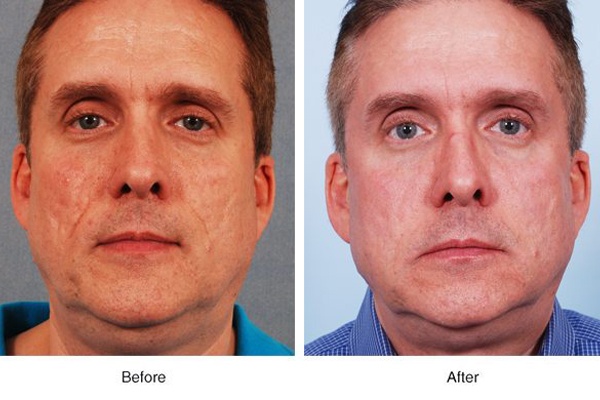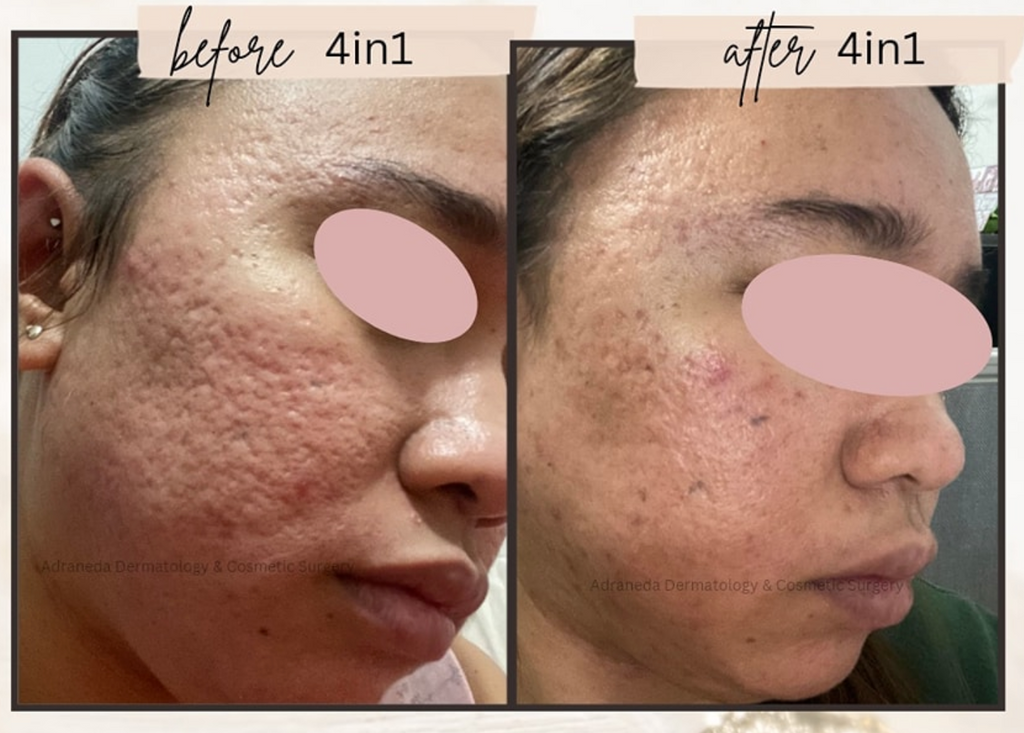Targeted Acne and Acne Scars Treatment: Redeem Your Clear Skin
Targeted Acne and Acne Scars Treatment: Redeem Your Clear Skin
Blog Article
Exploring Skin Disease: Determining and Dealing With Acne Scars for Healthier Skin
Acne marks stand for a significant problem for people looking for to keep healthy skin, as they can affect both look and self-esteem. Comprehending the various kinds of marks, from atrophic to hypertrophic, is important for determining ideal therapy options.
Comprehending Acne Marks
Recognizing acne marks is crucial for anyone who has actually experienced extreme acne, as these marks can have an enduring influence on both physical look and emotional well-being. When the skin undergoes inflammatory feedbacks throughout active acne sores, acne scars form. The intensity of scarring is often influenced by elements such as the sort of acne, its duration, and individual skin qualities.
The body's natural healing procedure can lead to either atrophic marks, which look like clinical depressions in the skin, or hypertrophic scars, which are elevated and result from overflow of collagen. In addition, the psychological toll of acne marks should not be ignored; several individuals report feelings of humiliation, anxiousness, and lowered self-confidence. This emotional problem can influence social interactions and total high quality of life.
Dealing with acne scars calls for an extensive understanding of their development and effect. Understanding of the capacity for long-term effects related to untreated scars can motivate individuals to look for ideal therapies. Early treatment and efficient management methods can dramatically enhance skin look and enhance mental durability, emphasizing the significance of comprehending the intricacies bordering acne scars.
Kinds Of Acne Marks
Acne scars can be classified into distinctive types, each showing one-of-a-kind qualities and needing certain treatment methods. The main kinds of acne scars include atrophic, hypertrophic, and keloid scars.

Hypertrophic marks, on the other hand, are increased over the skin level and are the outcome of too much collagen manufacturing during the recovery process. They commonly stay within the borders of the initial acne lesion. Keloid marks are comparable however extend beyond the original injury website, developing bigger, raised locations that can be painful or scratchy.
Comprehending these kinds of scars is crucial for selecting proper treatment options. Different marks might respond much better to specific treatments, such as laser therapies, fillers, or medical interventions, stressing the relevance of a customized method to acne mark administration.
Identifying Your Scars
When examining the look of your skin, it is important to accurately determine the sort of marks present, as this will inform one of the most efficient treatment technique. Acne marks normally fall under 2 groups: hypertrophic and atrophic scars. Atrophic marks, which are one of the most anchor typical, look like anxieties or indentations on the skin. These can additionally be classified right into ice-pick scars, boxcar scars, and rolling scars, each showing unique qualities and calling for different techniques for assessment.
Hypertrophic marks, on the various other hand, are increased and occur due to extreme collagen manufacturing during the healing procedure. Acknowledging the details functions of your marks-- such as size, structure, and depth-- is necessary for appropriate recognition. Additionally, consider the circulation of marks throughout your skin, as this can suggest the extent and duration of the acne problem.
Engaging with a dermatologist can provide useful insights into the nature of your scars, assisting in the distinction between numerous types. A comprehensive understanding of your marks will ultimately lead to a much more customized and efficient therapy plan, guaranteeing a clearer and healthier skin tone.
Treatment Choices Readily Available
Determining the certain type of acne scars present on your skin prepares for exploring reliable treatment options. Usual sorts of acne scars consist of atrophic (depressed), hypertrophic (elevated), and post-inflammatory erythema.
For atrophic marks, alternatives such as chemical peels, microneedling, and laser resurfacing are extensively used. Chemical peels off make use of acids to eliminate the outer layer of skin, advertising brand-new cell development. Microneedling entails small needles that create micro-injuries, stimulating collagen manufacturing. home Laser resurfacing targets damaged skin cells, enhancing texture and tone.
Hypertrophic scars can be treated with corticosteroid shots to flatten the mark or laser therapy to minimize soreness and improve look. acne treatment for sensitive skin. Silicone gel sheets and stress dressings may additionally help in taking care of increased scars
On top of that, facial fillers can temporarily complete clinical depressions from atrophic scars, while surgical excision may be appropriate for serious situations. Each treatment option has its factors to consider and advantages, making it important to consult with a skin specialist. They can offer personalized recommendations based on the kind and seriousness of your marks, along with your skin type and general wellness.
Tips for Prevention
Effective avoidance strategies can dramatically reduce the likelihood of establishing acne scars. The initial step is to maintain a regular skin care routine that includes mild cleaning, exfoliation, and hydrating. Utilizing non-comedogenic products aids stop blocked pores, which can aggravate acne. Furthermore, integrating topical therapies including salicylic acid or benzoyl peroxide can successfully minimize and handle breakouts swelling.
Staying clear of need to pick or pop acne lesions is essential, as this can bring about much deeper skin damage and enhance the risk of scarring. Rather, take into consideration making use of a cold view it now compress or non-prescription therapies to lower swelling and soreness.
Sunlight security is another crucial facet of avoidance; ultraviolet (UV) rays can darken marks and hinder the recovery procedure. Using a broad-spectrum sunscreen with at the very least SPF 30 daily can shield the skin and promote also healing.
Last but not least, keeping a balanced diet rich in vitamins, anti-oxidants, and minerals supports skin health and healing. Remaining moisturized and handling stress degrees can also play a significant duty in lowering acne flare-ups. By applying these methods, people can significantly minimize their chances of creating acne marks.

Verdict
In final thought, understanding and determining acne scars is important for reliable therapy and accomplishing healthier skin. Various kinds of acne marks, including atrophic and hypertrophic marks, demand certain interventions customized to specific demands.
The body's all-natural healing process can result in either atrophic scars, which appear as depressions in the skin, or hypertrophic marks, which are elevated and result from overflow of collagen. They are more split right into three subtypes: ice choice scars, boxcar marks, and rolling scars. Acne marks normally drop right into two groups: hypertrophic and atrophic scars. These can better be categorized into ice-pick marks, boxcar scars, and rolling marks, each exhibiting distinctive qualities and requiring various approaches for analysis.
Various kinds of acne scars, consisting of atrophic and hypertrophic marks, necessitate certain treatments tailored to specific requirements.
Report this page